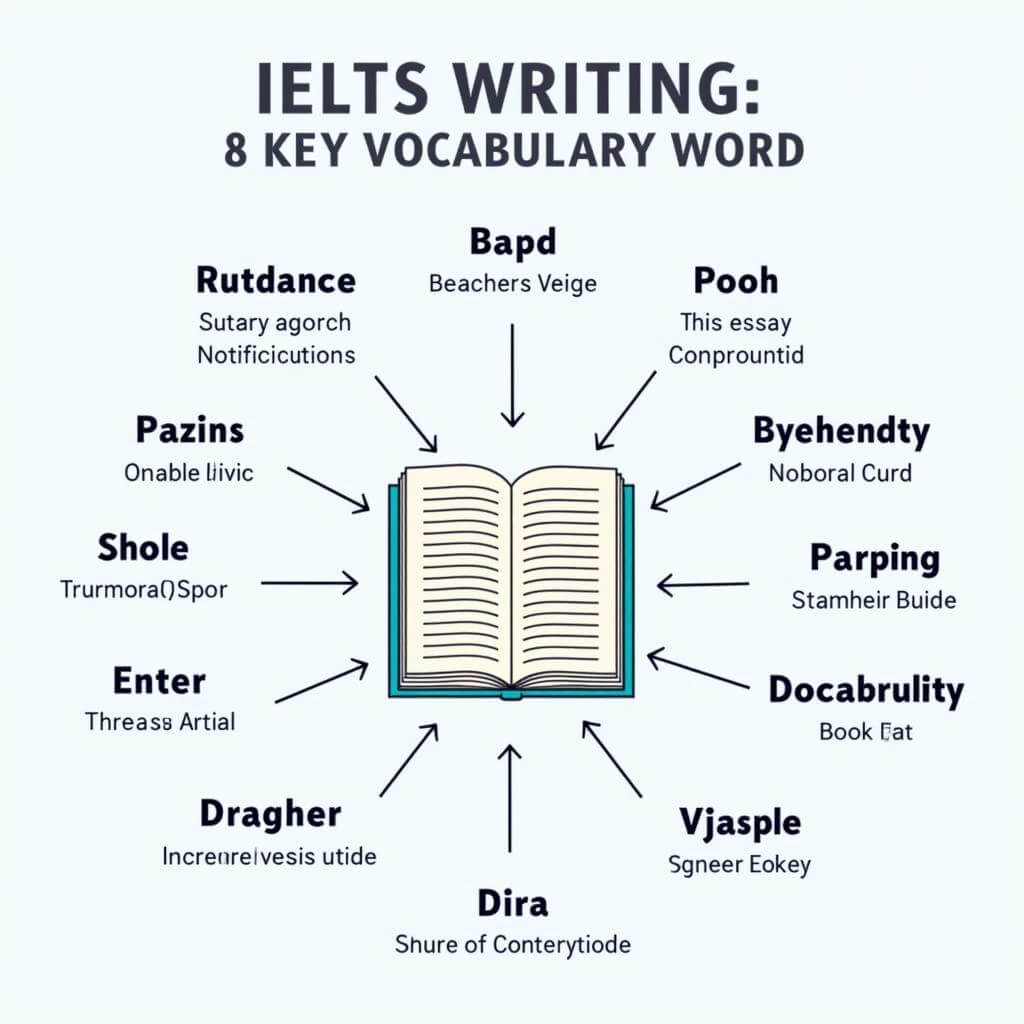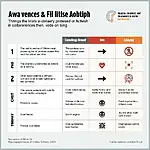The topic of free college education is a recurring theme in IELTS Writing Task 2 essays. Based on analysis of past exams and current trends, this subject is likely to appear frequently in future tests. It’s a relevant issue for many test-takers, particularly those from countries like India, China, and Vietnam, where access to higher education is a significant concern. Let’s examine a sample question and provide model essays for different band scores.
Some people believe that university education should be free for everyone. Others think that higher education should be paid for by students and their families. Discuss both views and give your own opinion.
Analysis of the Question
This question presents a balanced argument topic, asking candidates to discuss two opposing views on university education funding. The key points to address are:
- The argument for free university education for all
- The argument that students and families should pay for higher education
- Your personal opinion on the matter
Remember to provide reasons and examples to support each viewpoint and your own stance.
The importance of affordable education cannot be overstated, as it directly impacts social mobility and economic growth. Let’s explore this topic through sample essays at different band levels.
Band 8-9 Sample Essay
Higher education funding is a contentious issue globally, with compelling arguments on both sides. While some advocate for universal free university education, others believe the financial burden should fall on students and their families. In my opinion, a balanced approach combining government support and reasonable student contributions is the most sustainable solution.
Proponents of free university education argue that it promotes equal opportunities and social mobility. By removing financial barriers, talented individuals from all backgrounds can access higher education, leading to a more skilled workforce and reduced income inequality. Moreover, a well-educated population contributes to economic growth and innovation, benefiting society as a whole. Countries like Germany and Norway have successfully implemented free university systems, demonstrating the feasibility of this approach.
On the other hand, those who support student-funded higher education contend that it instills a sense of responsibility and value in education. When students invest financially in their studies, they may be more motivated to complete their degrees and make the most of their learning opportunities. Additionally, this model alleviates the burden on taxpayers and allows universities to maintain high standards through tuition revenue. The United States and the United Kingdom are examples of countries where students typically bear the cost of their university education.
In my view, a hybrid system that combines government funding with affordable student contributions offers the best compromise. This approach could involve subsidized tuition fees, income-contingent loans, and scholarships for high-achieving or disadvantaged students. By sharing the cost between society and individuals, we can ensure access to quality higher education while maintaining financial sustainability. Countries like Australia have successfully implemented such systems, striking a balance between affordability and personal investment.
In conclusion, while both free and student-funded university education have their merits, a balanced approach that combines elements of both models is likely to be most effective. This solution can promote equal opportunities while ensuring the quality and sustainability of higher education systems.
Explanation of Band 8-9 Score
This essay demonstrates the characteristics of a high-scoring IELTS Writing Task 2 response:
- Clear structure: The essay follows a logical organization with a clear introduction, body paragraphs discussing both views, and a conclusion.
- Balanced argument: Both perspectives are thoroughly explained with relevant examples.
- Personal opinion: The writer’s stance is clearly stated and supported with reasoning.
- Cohesion and coherence: Ideas flow smoothly with appropriate use of linking words and phrases.
- Vocabulary: A wide range of vocabulary is used accurately and appropriately.
- Grammar: Complex sentence structures are employed with minimal errors.
- Task achievement: All parts of the question are fully addressed.
Band 6-7 Sample Essay
The question of whether university education should be free or paid for by students is a topic of much debate. There are good arguments on both sides, and I will discuss these before giving my own opinion.
Those who support free university education say it gives everyone a fair chance. If education is free, poor students can go to university too, not just rich ones. This helps create a more equal society. Also, when more people can go to university, the country gets more skilled workers, which is good for the economy.
On the other hand, people who think students should pay for university have some good points too. They say that when students pay, they value their education more and work harder. Also, universities need money to run well, and if the government pays for everything, it might not have enough money for other important things like healthcare.
In my opinion, I think a mix of both ideas is best. The government should help pay for university, but students should also pay a small amount if they can afford it. This way, education is still accessible to most people, but students also feel responsible for their learning. Countries like Australia do this, and it seems to work well.
To conclude, while free university education has benefits, I believe a system where costs are shared between the government and students is the best solution. This can help make sure everyone has a chance to study while keeping the quality of education high.
Explanation of Band 6-7 Score
This essay demonstrates the following characteristics of a Band 6-7 response:
- Addresses the task: The essay discusses both views and presents a personal opinion.
- Organization: There is a clear structure with introduction, body paragraphs, and conclusion.
- Ideas development: Main points are explained, though not as thoroughly as in the Band 8-9 essay.
- Cohesion: Basic linking words are used to connect ideas.
- Vocabulary: There is a mix of common and some less common vocabulary items.
- Grammar: Sentences are generally well-formed with some variety in structure.
- Task achievement: All parts of the question are addressed, but with less depth than a higher band score.
The importance of affordable education is evident in both essays, highlighting its significance across different writing levels.
Key Vocabulary to Remember
- Contentious (adjective) /kənˈtenʃəs/ – causing or likely to cause disagreement
- Social mobility (noun phrase) /ˈsəʊʃl məʊˈbɪləti/ – the ability to move between different social classes
- Alleviate (verb) /əˈliːvieɪt/ – to make a problem or suffering less severe
- Subsidized (adjective) /ˈsʌbsɪdaɪzd/ – supported with money, typically by the government
- Income-contingent (adjective) /ˈɪnkʌm kənˈtɪndʒənt/ – depending on or varying with income
- Feasibility (noun) /ˌfiːzəˈbɪləti/ – the state of being possible or likely
- Hybrid (adjective) /ˈhaɪbrɪd/ – combining two different elements
- Sustainability (noun) /səˌsteɪnəˈbɪləti/ – the ability to be maintained at a certain rate or level
 Key vocabulary for IELTS essay writing
Key vocabulary for IELTS essay writing
Conclusion
The topic of free college education is likely to remain relevant in IELTS Writing Task 2 essays. To prepare effectively, practice writing essays on related subjects such as:
- The role of government in funding education
- The impact of student debt on society
- Alternative models for financing higher education
- The relationship between education accessibility and economic growth
Remember to structure your essays clearly, use a range of vocabulary and grammar structures, and provide balanced arguments supported by relevant examples. We encourage you to practice writing an essay on the given topic and share it in the comments section for feedback and discussion. This active approach to learning can significantly improve your IELTS Writing skills.


